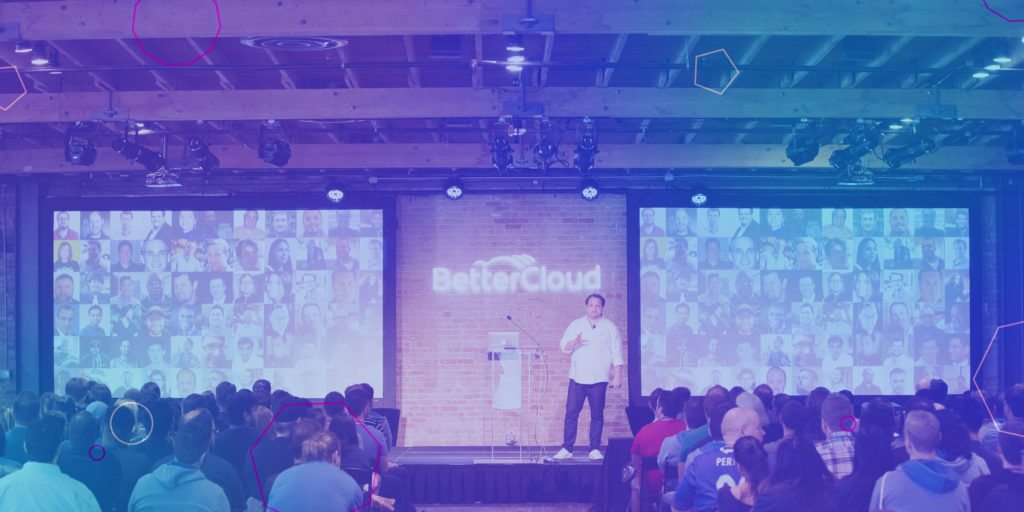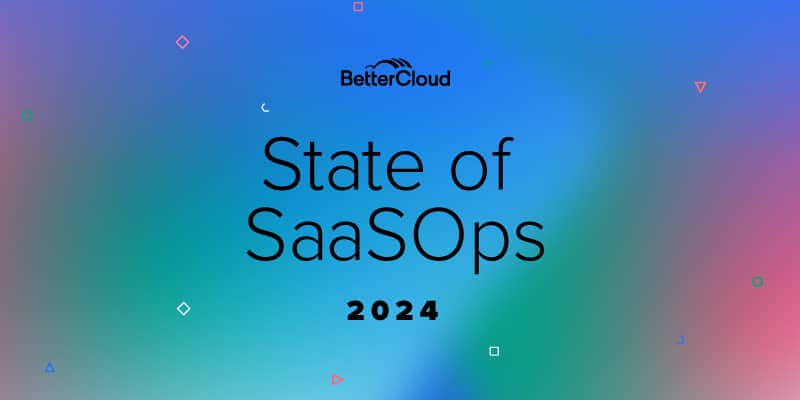What Does Your Finance and Operations Tech Stack Look Like? Here’s Ours
December 29, 2015
5 minute read

For months, I’ve wanted to write in detail about our cloud application stack for finance and operations. As far as I’ve seen and read, there’s been very little discussion on this topic.
I was inspired to write this when I came across Scott Miller’s tweet and post on the topic. It’s one of the few–if only–application-by-application tear-downs I’ve seen (thank you Scott!).
@mlieber trying to create a discussion on the best finance & ops tech for startups. Would love to hear your thoughts https://t.co/XYQ6kwOyz7
— Scott Miller (@sbmiller5) April 9, 2015
There seems to be real “demand” for this information. I’m a frequent poller (and contributor) to a distribution group of tech CFOs, and we are always volleying requests for feedback, thoughts, and recommendations regarding ERP systems, billing and subscription management engines, applicant tracking systems, HRIS applications, performance management systems, expense reports, payroll and benefits providers. The list goes on and on.
It’s pretty clear that the “demand” for honest, real-world feedback is a direct result of the proliferation of cloud applications. There’s little doubt that the universe of cloud applications is rapidly expanding, yielding a new generation of powerful applications. This is particularly true for “back office” industries, which are being disrupted with increasing velocity.
At BetterCloud, we are fervent believers in best-in-breed and best-in-feature. The cloud gives us the flexibility to put this philosophy into practice. We only have one on-premise system, and it’s a test environment we set up to replicate a hybrid on-prem / cloud environment (a configuration some of our customers run). I offer this caveat since this cloud-only bias will be apparent in the list of applications below, and since that was a foundational prerequisite, there are probably very good on-premise solutions that we didn’t consider.
Below you’ll find the finance and operations cloud applications that we use to best serve our customers and our employees. We built our stack over the course of several years and spent a significant amount of time researching applications, and speaking with and learning from organizations that had similar needs to ours. We’ve been able to successfully stitch together these applications and automate a number of core business processes. As a result, we’ve been able to keep our finance and operations teams remarkably lean compared to the thousands of customers and 125 employees we serve today.
Accounting System: Currently on NetSuite / Previously on Quickbooks Online
We were on QuickBooks for the first three-of-the-four years of BetterCloud’s existence, but we moved to NetSuite this year because we needed enhanced dimensional reporting and multi-entity / multi-currency reporting capabilities. If you are looking for 100 percent pure cloud ERP system and need to move beyond QuickBooks, NetSuite is the clear leader. As one trusted advisor put it, “Go with NetSuite as it will be the last choice you need to make on this front.”
For Quickbooks Online, I’ll say this: I’ve used QuickBooks or Quickbooks Online for a decade, and they’ve made noticeable improvements recently, which I applaud; but if I were doing it all over I’d take a very hard look at Xero, which I continue to hear great things about.
Subscription Management and Recurring Billing: Zuora
We implemented Zuora long before we implemented NetSuite; the challenge for us early on was how to scale quickly as new customers came on.
We’ve had a great experience with Zuora. It has supported our rapid growth in two short years, helping us handle thousands of customers around the world and hundreds of resellers / partners. I’ll add that we invested considerable time, energy, and capital into configuring and integrating Zuora with our application up front. Zuora’s API allowed us to build a checkout process in our app that improved our customers’ ability to service themselves. That collective investment has definitely paid off. As a result, we have no limit to scale as it relates to subscription management and billing.
We’ve integrated Salesforce to Zuora, and Zuora to NetSuite, so that set of applications makes up our order-to-cash process.
Payroll: Paychex
Payroll continues to be a nuisance for us; not a pain, but a nuisance. We’ve used Paychex from day one. It’s on our priority list to evaluate alternative providers with a bias towards new entrants like ZenPayroll. Yet given all other initiatives, and the fact that Paychex is only a nuisance and not broken, it may remain on the to-do list a while longer.
At previous companies, I’ve had a good experience using professional employment organizations (PEOs) like Trinet for benefits savings, the employee-tech front end, and the ease of reporting. But for our organization, our feeling was that the economics of a PEO (the fees) outweigh the benefits compared to stitching together Paychex + Zenefits.
Health Benefits: Zenefits
Zenefits has been a game changer for us! When I started, we used to present our tech-savvy new hires with a stack of paper (yes, paper!) some 40 pages deep, all of which needed to be completed by hand: I-9, tax withholding paperwork, direct deposit forms, health benefits enrollment forms, employee handbook, etc.
At the time, once employees filled out all onboarding paperwork by hand, we’d take these completed forms, and someone (in the early days, me!) would:
- Log into Paychex, enter the information (hopefully correctly); logout
- Log into the medical and vision health benefits provider portal, enter the information (hopefully correctly); logout
- Log into the dental health benefits provider portal, enter the information (hopefully correctly); logout
- Scan all the forms separately to create a digital personnel file in Google Drive
- Risk of human error aside, this process relied upon legible handwriting by our employees, which often wasn’t the case.
*Sound of hand slapping forehead and deep sigh
Zenefits came along, and now all onboarding is handled electronically and is completed before a new hire even sets foot in the office for the first day. It truly transformed our onboarding process. The feedback we got after the initial rolled out was incredible–having PTO tracking, benefits and more all in one place has been huge for the entire team.
Zenefits continues to release new functionality and we’re eager to see what else they have in store.
Equity Management: eShares
eShares might be the worst kept secret for electronic stock certificates and equity management, at least among tech companies, and for good reason. Managing stock certificates and option grants in excel is a pain and error prone. We implemented eShares this summer, and have had very good feedback from investors and employees. I definitely recommend checking them out.
I’m waiting (hoping!) for the day that we can integrate eShares with Zenefits (though I know Zenefits has some comparable, somewhat competing functionality to eShares around issuing stock options).
Expense Reporting: Expensify
We’ve used Expensify from the beginning and have loved it. Employees like the intuitive interface, and we’ve been able to successfully integrate it into Quickbooks Online, and now into NetSuite.
Task Tracking: Asana
We’ve used Asana for task tracking within the team for almost two years now. I think the primary benefits are:
1) Getting tasks out of email
2) Coordinating recurring and nonrecurring tasks as part of our monthly and quarter-end reporting, and to have task-specific following and commenting.
It has also been very helpful for coordinating and delegating sub-projects and tasks related to our budgeting process, not to mention that Asana integrates out of the box with many of the other cloud applications in use at BetterCloud.
What does your finance and operations cloud application stack look like?
So that is what we have put in place over the last four years. This combination of cloud applications is working well for us and has allowed us to support our customers and employees more effectively. But we are always looking for that next best-in-breed (or -feature) application to integrate into the stack.
Please help contribute to this discussion. The landscape has been and will continue to change rapidly. Share your experiences with new, exciting applications. We are always looking to learn and benefit from the experience of others, and likewise to share our own.






